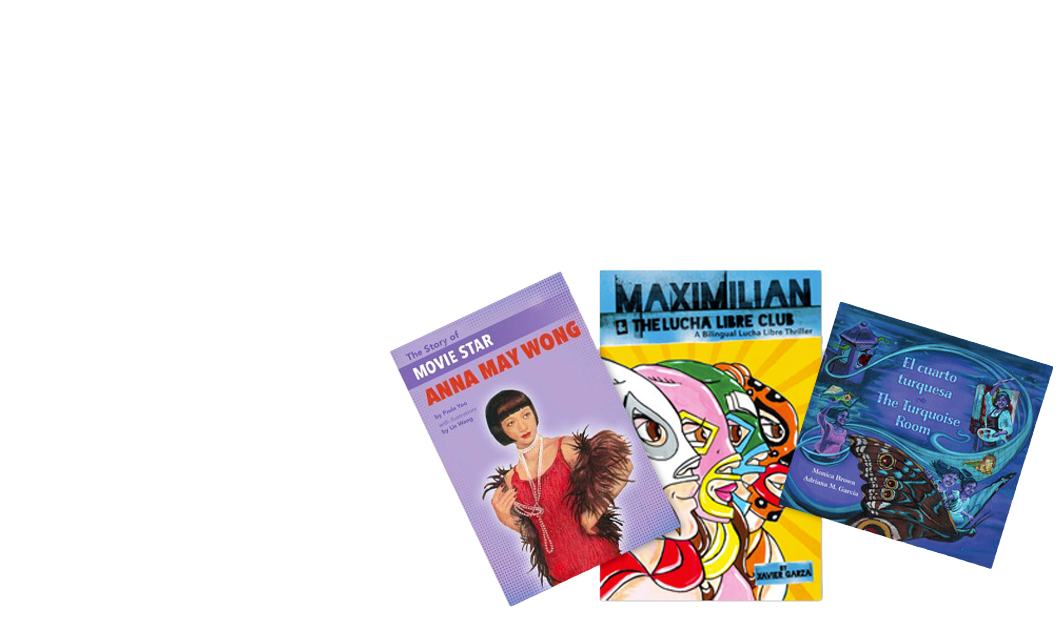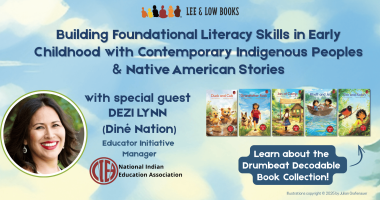![]() Jaclyn DeForge, our Resident Literacy Expert, began her career teaching first and second grade in the South Bronx, and went on to become a literacy coach and earn her Masters of Science in Teaching. In her column she offers teaching and literacy tips for educators.
Jaclyn DeForge, our Resident Literacy Expert, began her career teaching first and second grade in the South Bronx, and went on to become a literacy coach and earn her Masters of Science in Teaching. In her column she offers teaching and literacy tips for educators.
Before I start discussing close reading in the second grade classroom, I want to take a minute to acknowledge educators and students across the Northeast, who over the past two weeks have dealt with not just superstorm Sandy, but a Nor’easter! Some schools sustained significant flooding and damage, or have classrooms without heat or power. And in some areas, even though the children are back in the classrooms, after a long day teachers and students head home to clean and repair damage sustained to their own homes and communities. And last week, they did that in the wind and snow. If that’s not dedication, I don’t know what is. My thoughts are with everyone who continues to be affected by this awful streak of weather.
Now, back to our regularly scheduled programming. Over the next several weeks, I’ll be modeling how to do a close reading at several different grade levels. Last week, I wrote about close reading in first grade. Next up: Close Reading in Second Grade using the L level text Under the Lemon Moon by Edith Hope Fine and illustrated by Rene King Moreno.
In terms of student questioning, start general and move up Bloom’s Taxonomy by gradually increasing the rigor. For example, say you want to focus your close reading of Under the Lemon Moon on author’s craft, specifically focusing on language and word choice in just the first six pages of the story (2nd grade reading standard for literature, Craft and Structure, strand 4, AND 2nd grade language standards, Vocabulary Acquisition and Use, strands 4-6 from the Common Core Standards). Here are the questions I would ask:
Question 1 (Knowledge): Can you list several examples of onomatopoeia in the story so far? Why do authors use onomatopoeia?
 Question 2 (Comprehension & Analysis): How would you rephrase the meaning of “mi arbolito”? What clues does the author give you as to the meaning of that phrase? What language is that phrase? How do you know? What clues does the author give you? Why do you think the author chose to include Spanish words and phrases in this story?
Question 2 (Comprehension & Analysis): How would you rephrase the meaning of “mi arbolito”? What clues does the author give you as to the meaning of that phrase? What language is that phrase? How do you know? What clues does the author give you? Why do you think the author chose to include Spanish words and phrases in this story?
Question 3 (Comprehension): What details does Edith Hope Fine include on the first page to set the scene for the story? Why does she choose to include these details?
Question 4 (Application): Edith Hope Fine has chosen strong, specific verbs so far. For example, on page 5, she uses the strong, specific verb “crooned” instead of the everyday verb “sang.” What are some other examples of strong, specific verbs that Edith Hope Fine used to describe characters’ actions?
Question 5 (Analysis): In the beginning of the story, instead of telling us Rosalinda scared the Night Man away, Edith Hope Fine described what Rosalinda and Blanca did that caused the Night Man to cry out and run away. Can you identify other parts in the story where the author used that same “show not tell” strategy?
Question 6 (Synthesis): What words or images did the author use to build suspense? What other words or details would you add to the story to further build suspense?
Question 7 (Evaluation): Edith Hope Fine chooses to name the stranger in the garden “Night Man.” Why do you think she made the choice to give him a name? Do you agree with her choice of name? What would you have called the stranger in the garden if you were writing the story?
Additional questions to ask:
- Make a list of words that were unfamiliar to you before you read this story. How did you figure out what these words meant?
- Choose the most important sentence from the story so far. Why did you choose this sentence? Why do you feel it is so important?
- Choose a word that you learned or particularly liked from the beginning of the story. Write the meaning of the word in your own words, then draw a picture that shows what the word means.
- Choose a word that best represents the story so far. Is there a time in your life when this word applied to or was important to you? Is there a time when this word was important in another text you read?
- List some descriptive words Edith Hope Fine uses to set the scene or to show characters thoughts, actions and feelings.
- What techniques did the author use to hook you into the story? To make the story suspenseful? To make the writing lively?
- So far, what word best describes Rosalinda? Cite evidence from the text to support your answer.
- What words or phrases from the story helped you visualize the story?
 What are your favorite questions to ask when doing a close reading focused on author’s craft, language and word choice?
What are your favorite questions to ask when doing a close reading focused on author’s craft, language and word choice?
Further reading on teaching literacy in Second Grade:
- Building Classroom Community in Second Grade
- How To Compare And Contrast With The Common Core In Second Grade
- Integrating Reading, Writing, Speaking & Listening In Grades 2-3
- Using Dual Language And Bilingual Books In First And Second Grade
Further reading on Close Reading series:
- What does close reading look like in Kindergarten?
- What does close reading look like in First Grade?
- What does close reading look like in Third Grade?
- What does close reading look like in Fourth Grade?
- What does close reading look like in Fifth Grade?
- What is close reading?
- How to teach close reading using a RECIPE
- Close reading with book illustrations








